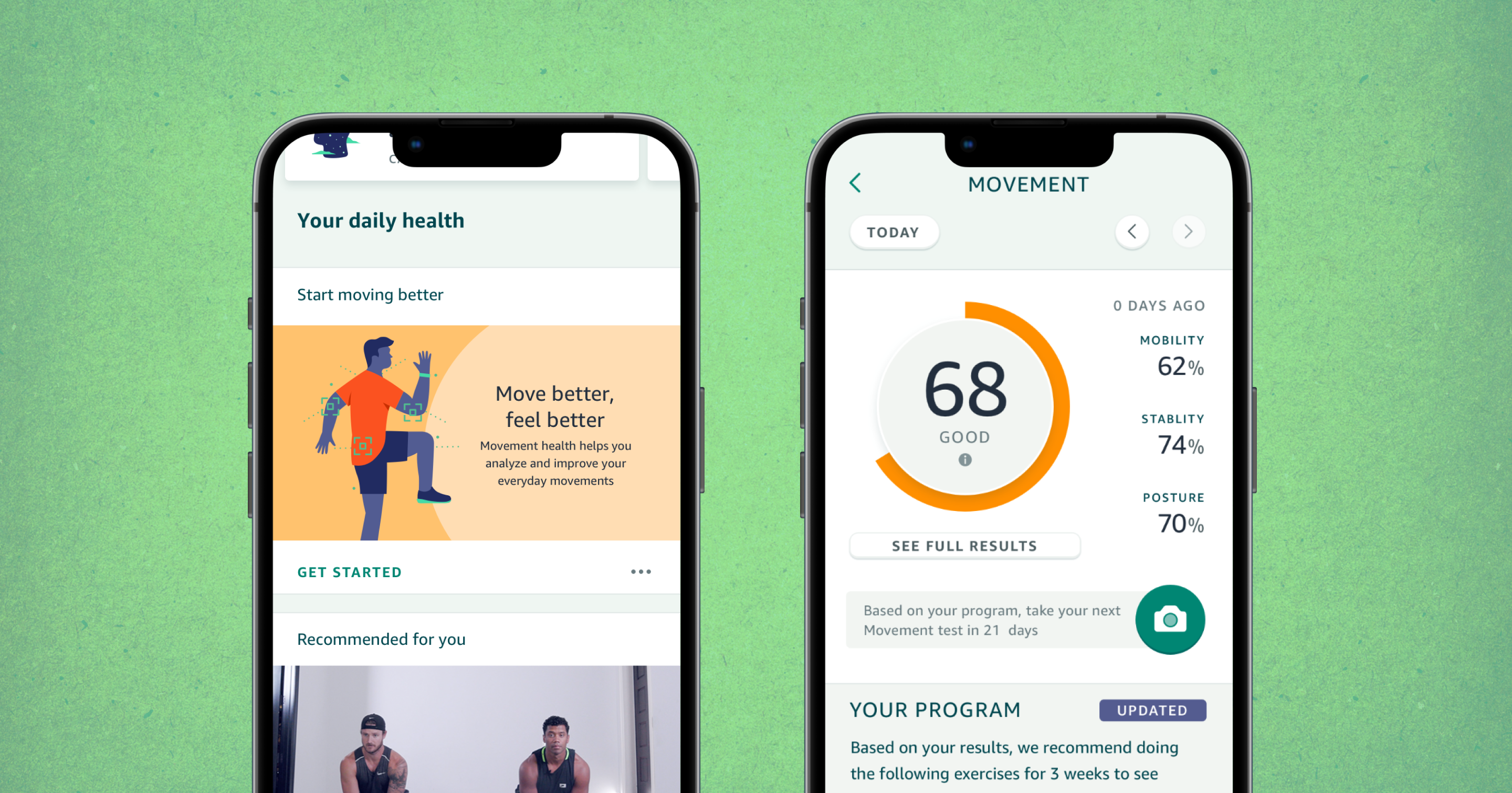
For Amazon Halo, we leveraged cutting-edge computer vision technology vision to get members to move more. My role was player coach. I managed the team and designed the visual body scan, results, personalized movement programs, and movement reminders.
Halo provided members a movement score, an objective number to assess and encourage better exercise habits. By targeting a score of 85% or better, members had a tangible goal to enhance their mobility and movement frequency.
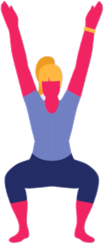


I tackled the challenge of engaging with the app from a distance. I developed a series of high fidelity prototypes that were pivotal in optimizing the assessment space for capturing accurate activity repetitions. This experimentation was key in deciding on a portrait orientation, ensuring users could easily interact with their device even from afar.

Balancing privacy concerns with the technical demands of computer vision, the team and I tested several scan flow prototypes. This process was instrumental in enhancing user experience and informing the engineering roadmap, particularly in improving knee-height scanning for those with limited exercise space.
Try tapping through the flow.
After completing the scan assessment, a member can see their score and a personalized movement program...
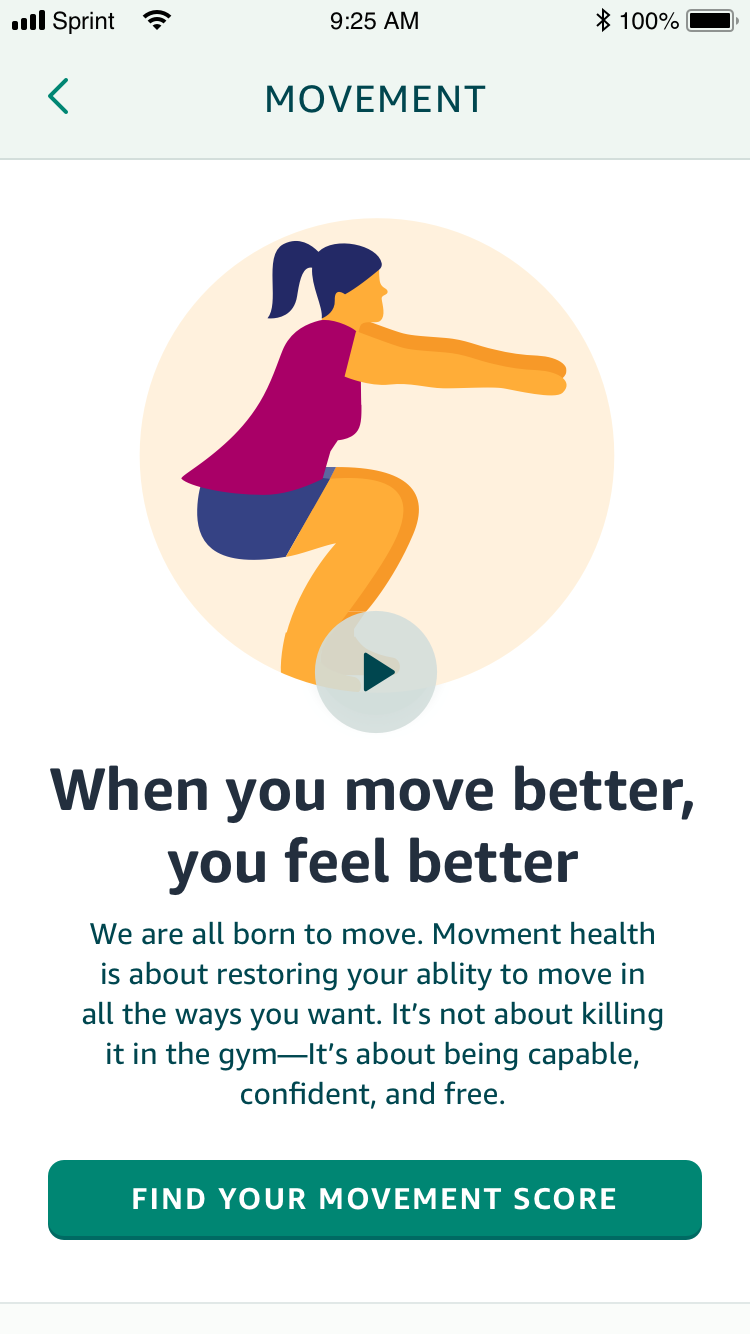
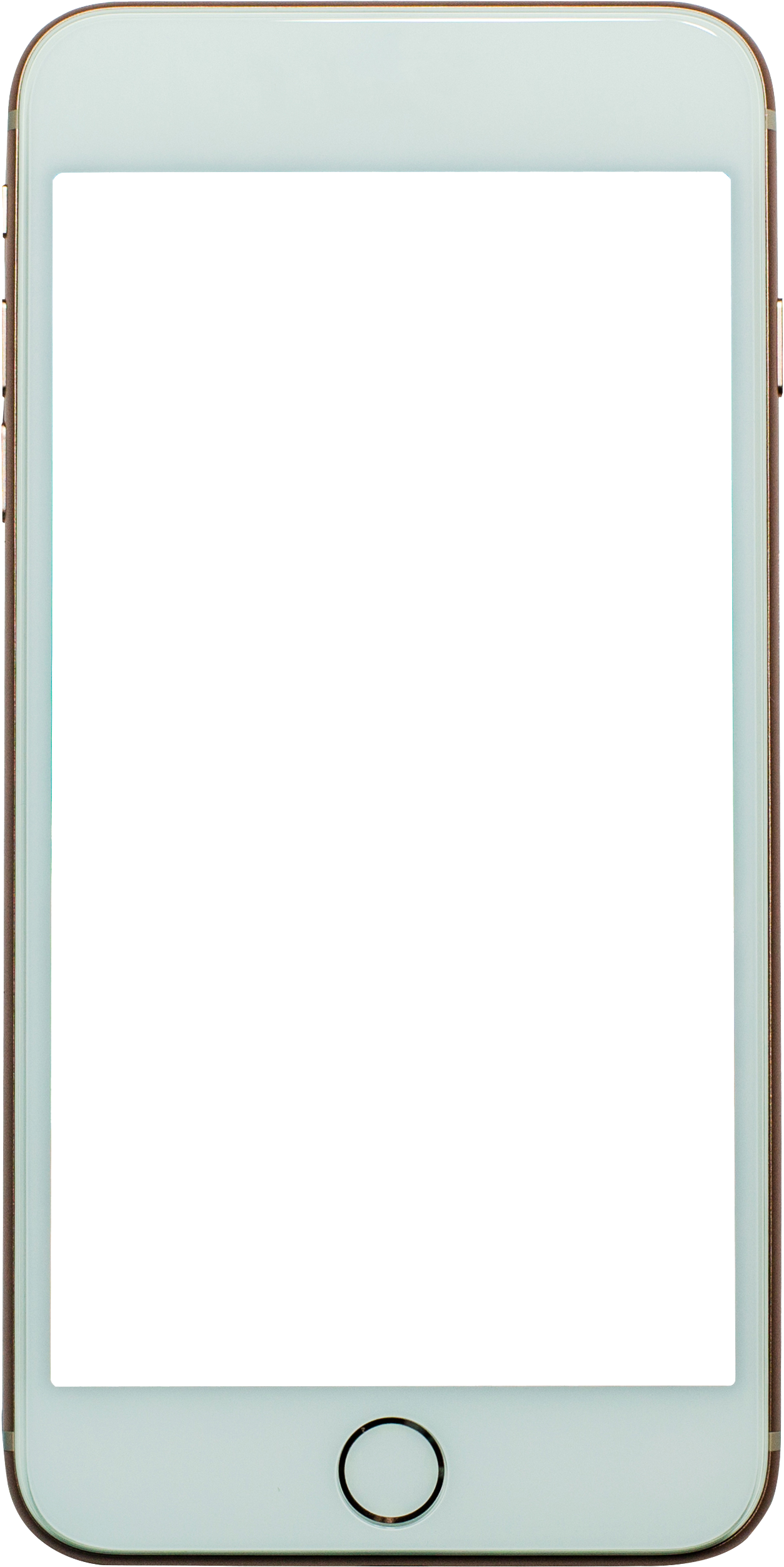

Our personalized exercises received the highest customer satisfaction scores across all domains. Users consistently improved their mobility scores, demonstrating the effectiveness of our approach.
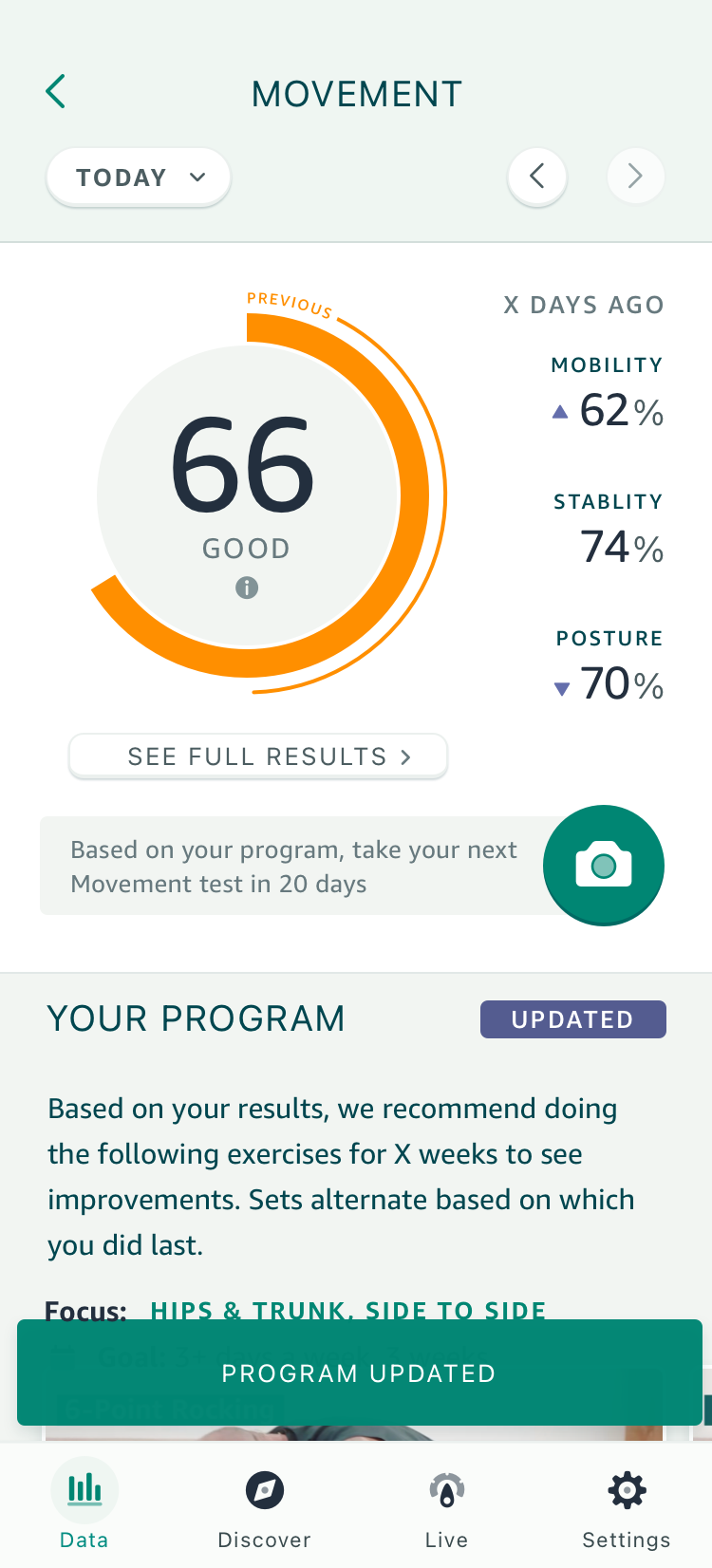
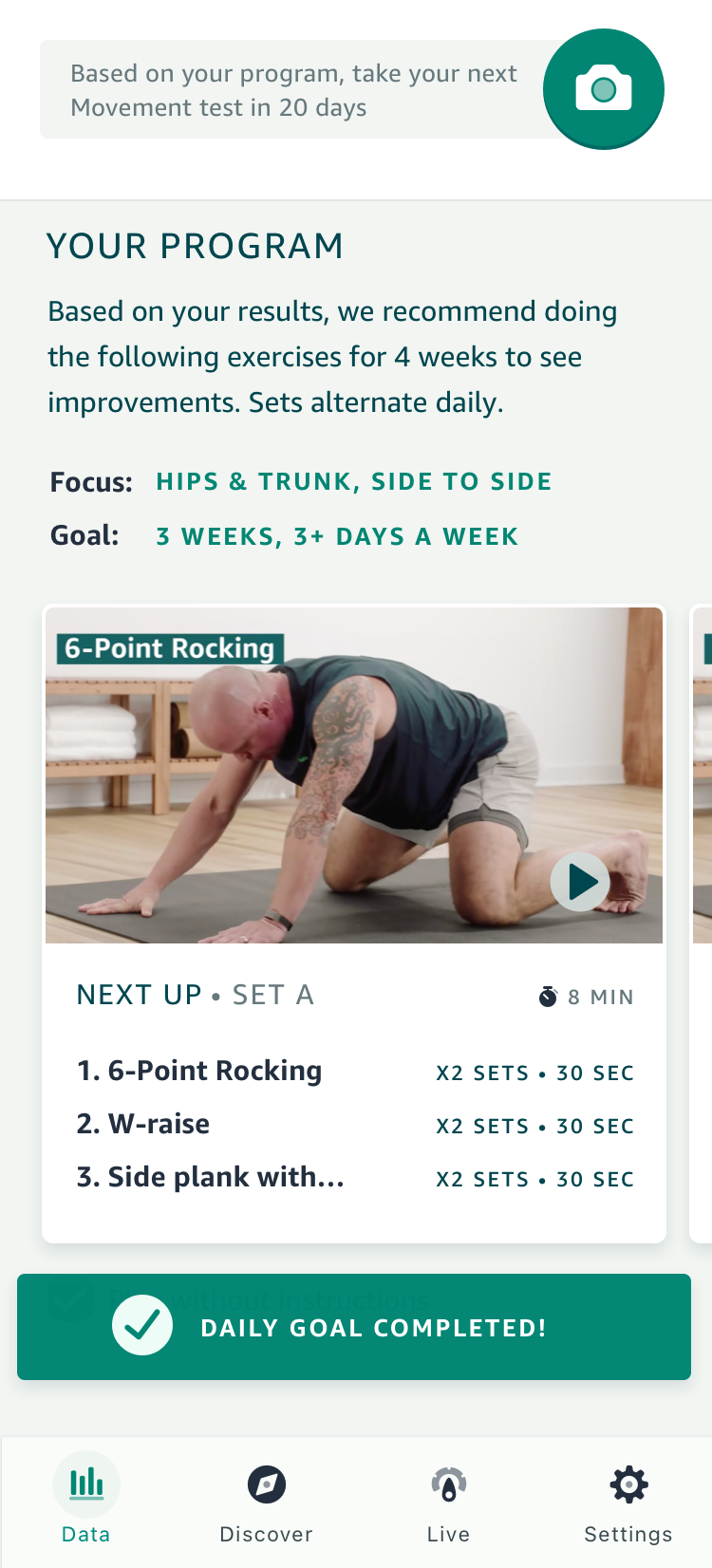
Working with my cross-functional partners on the video and content teams, we further enhanced the scanning and exercises by defining the second screen experience. This allowed optimizing the phone for larger metrics and motion capture.
Although this helped many members get a better exercise experience, I still needed to get more members to do their movement exercises.
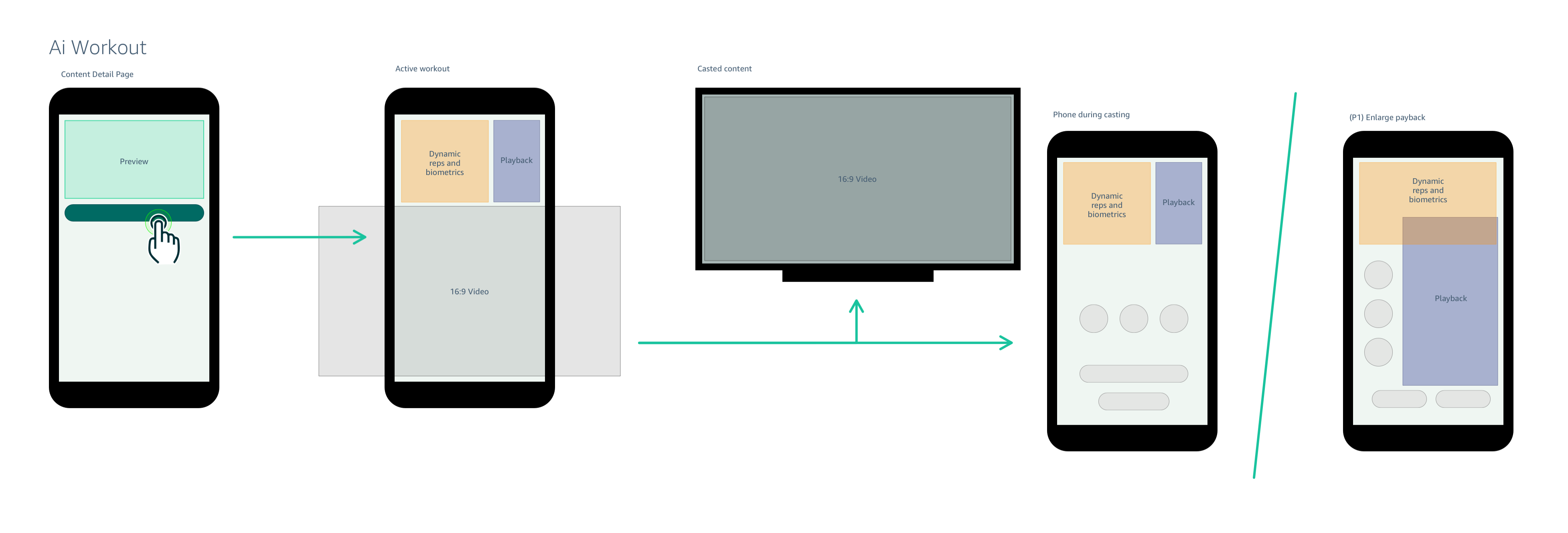
Push notifications increased adherence in some customers, but it was not an effective cue for others.
There had to be another way to get members to move.
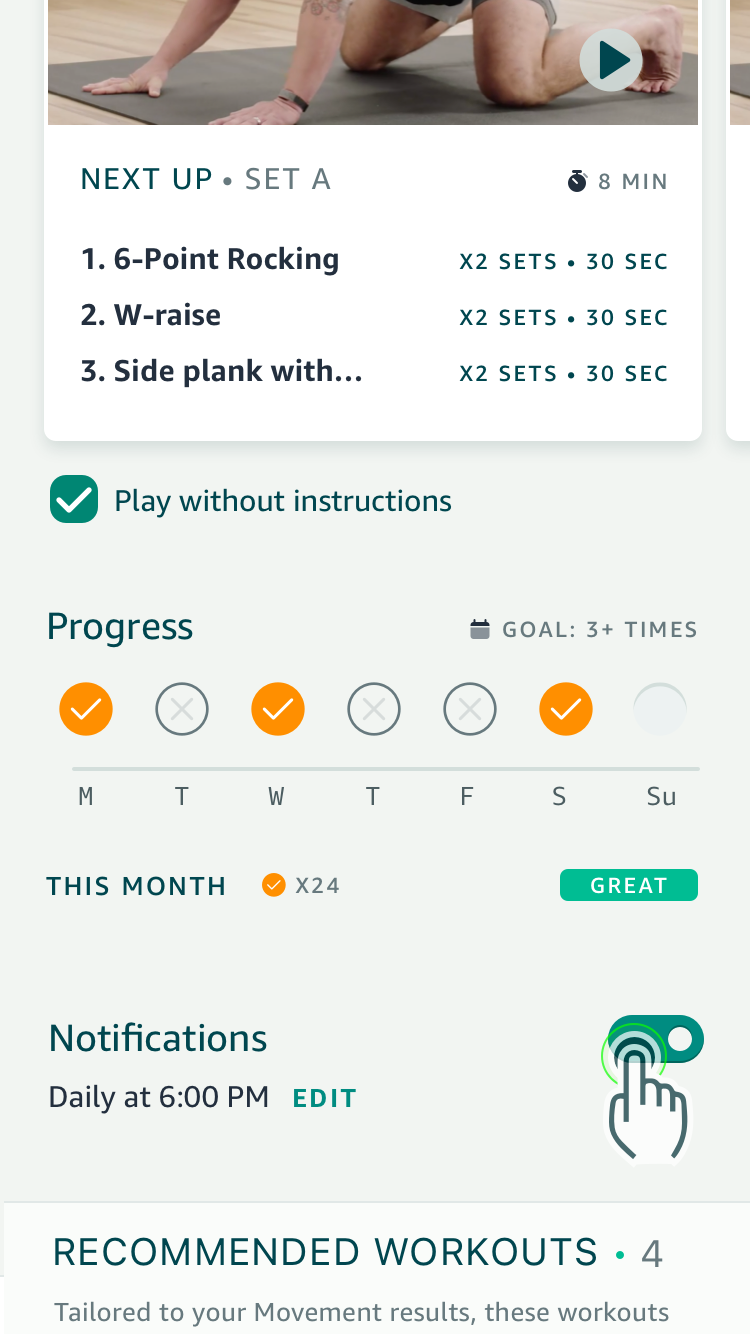
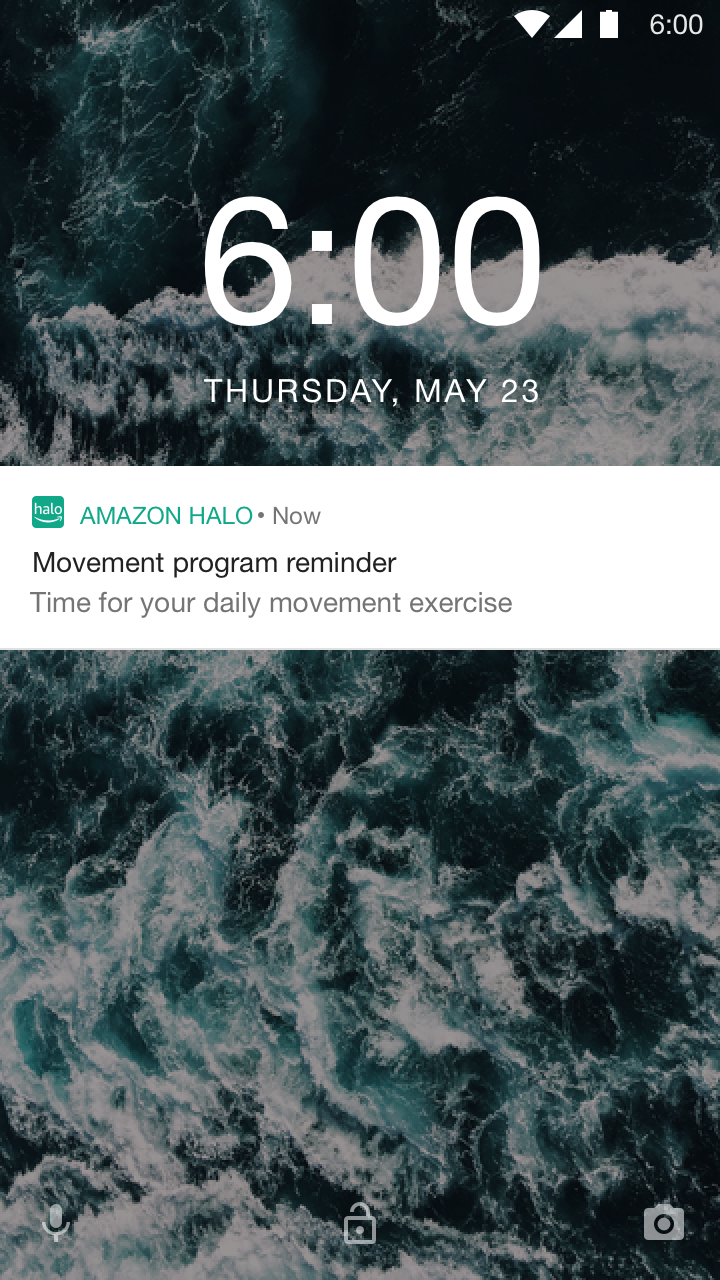
Although the personalized routines with movement assessments did well in beta, many members eventually stopped doing them.
The total movement routine was typically 10 minutes long--not vigorous enough to produce a workout, but also too long to do while making coffee, before getting in bed, etc.
At the time I was reading Deskbound, by Dr. Kelly Starrett, and I had an idea to incorporate short movements into a work day. I built and tested a prototype to introduce 2-minute movement snacks.
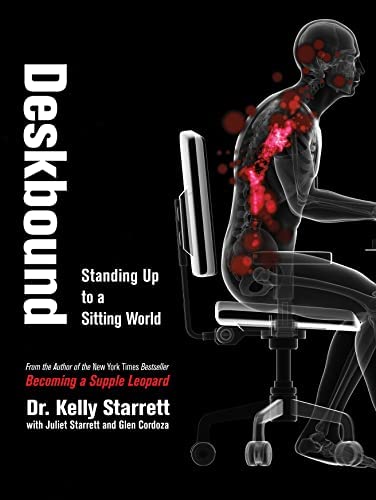
I designed movement breaks to integrate short exercises into users' workdays. Utilizing the Halo band's ability to detect prolonged inactivity, we set a default reminder at 50-minute intervals, encouraging simple, memorizable movements. Beta testing confirmed the feasibility and appeal of these exercises, leading to requests for additional movements.
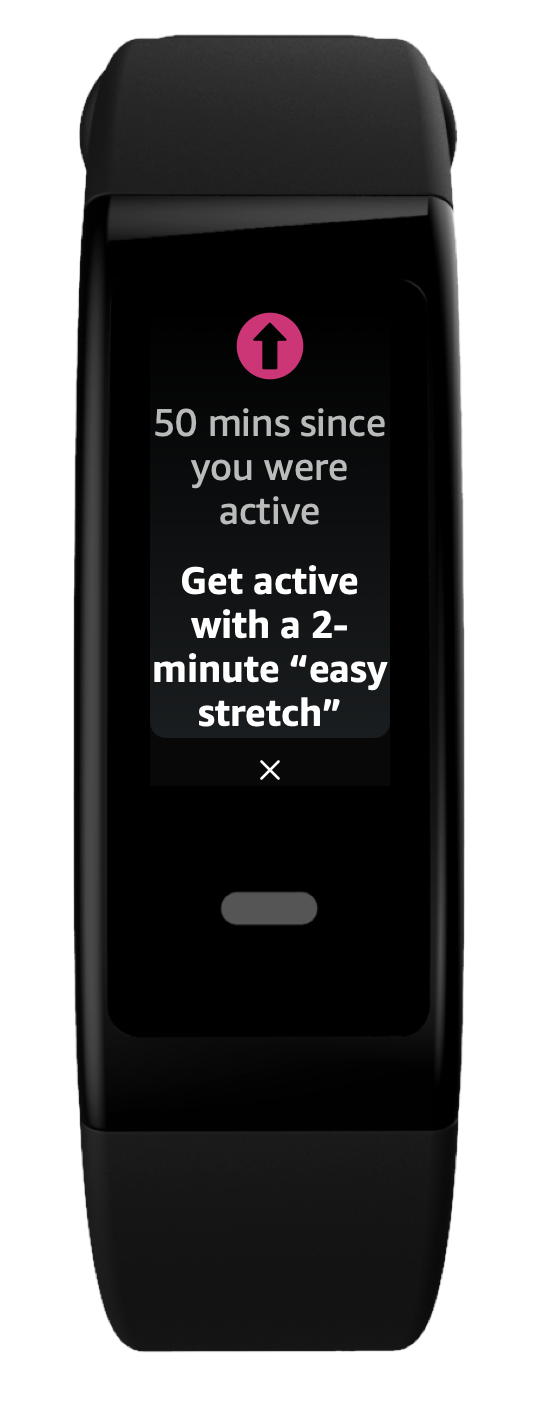
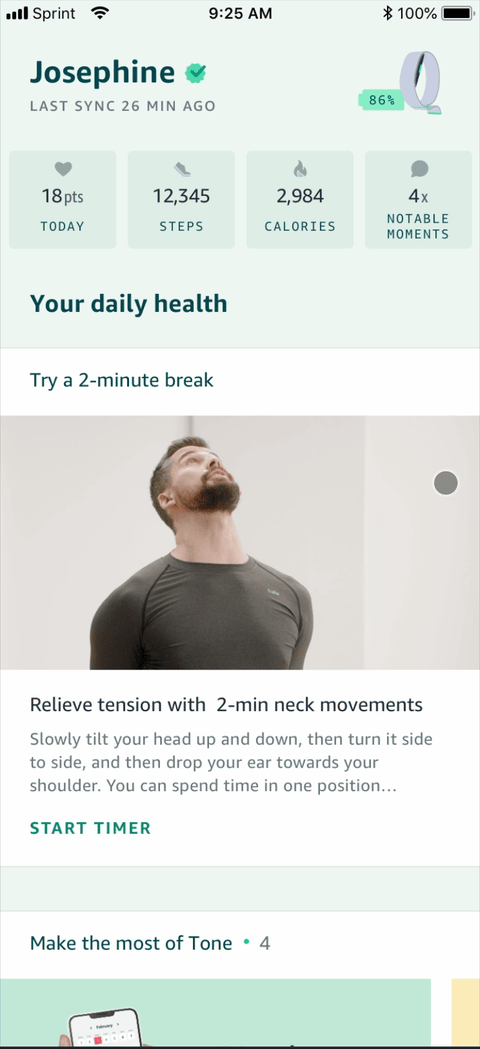
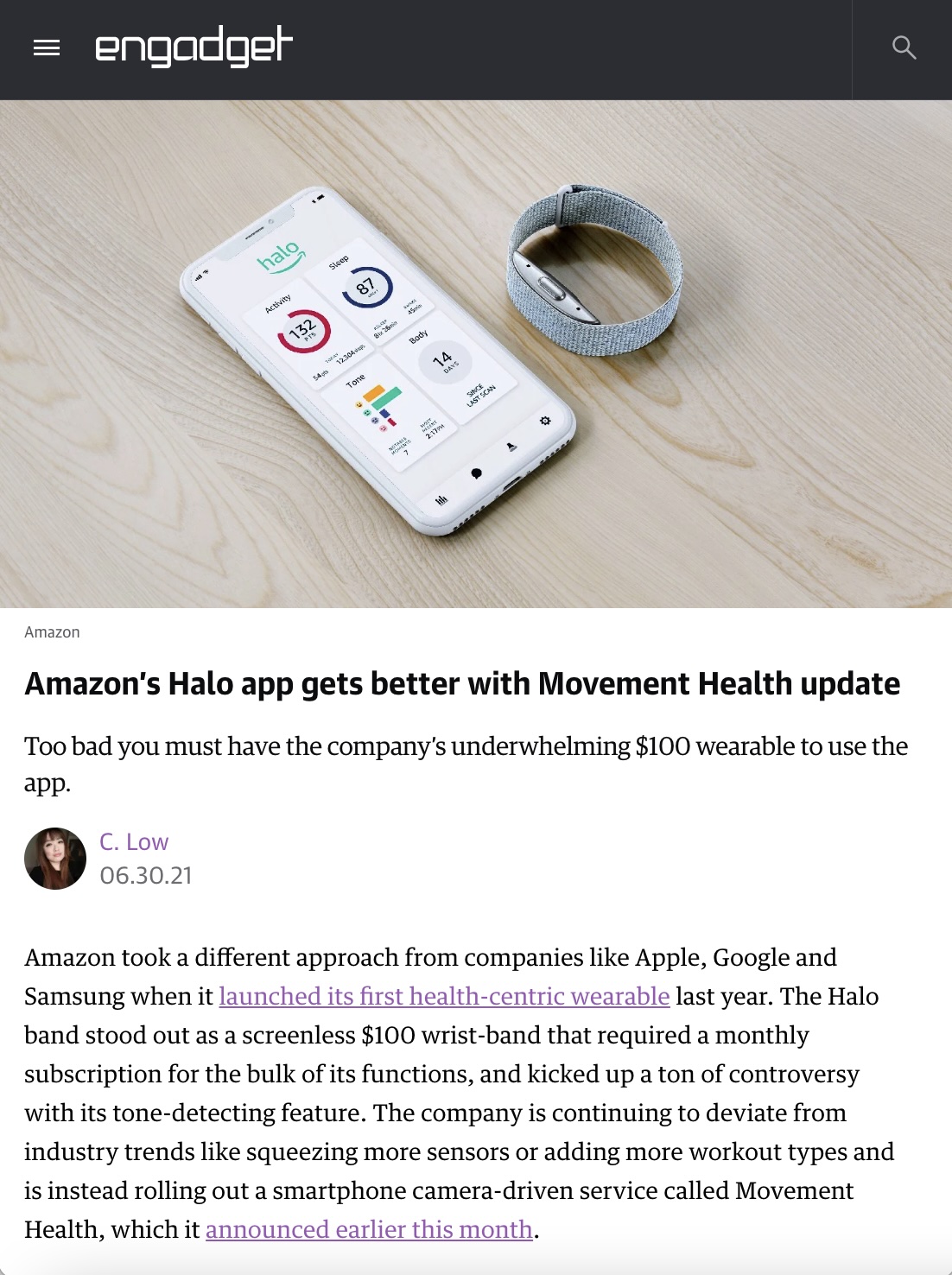
Enhanced Feature Engagement: The introduction of personalized movement routines and innovative use of technology led to a 21% increase in daily active users.
Customer Satisfaction: Our movement domain achieved the highest CSAT scores, reflecting the positive reception and effectiveness of our approach.
Improved Movement Scores: Users saw a 10% month-over-month improvement in their movement scores, underscoring the tangible benefits of our design innovations.